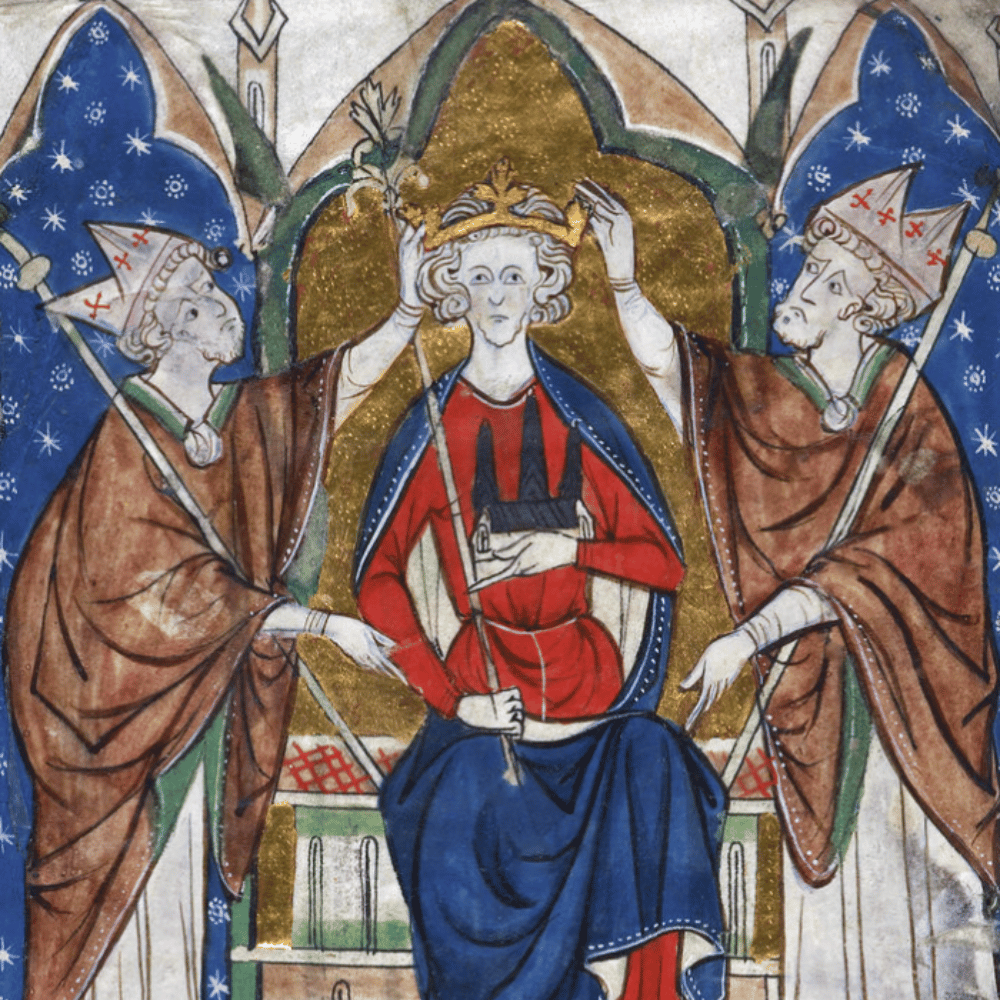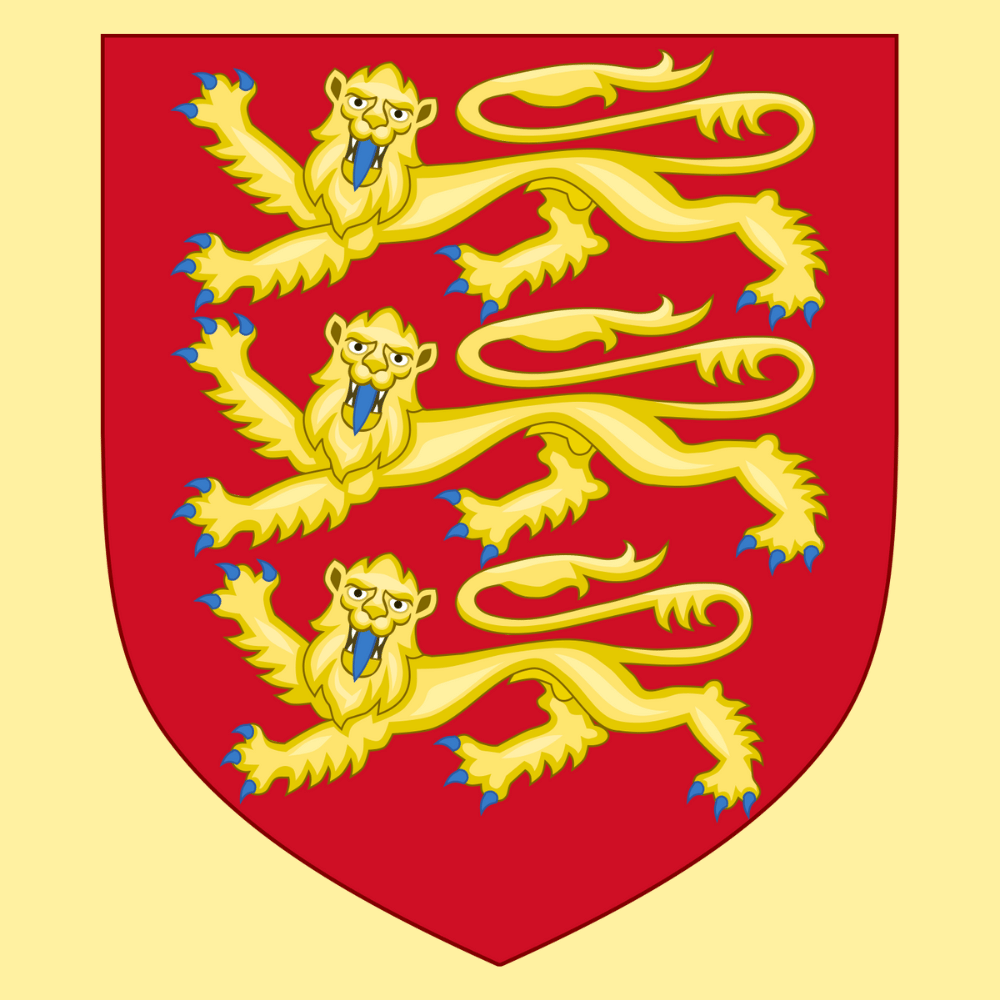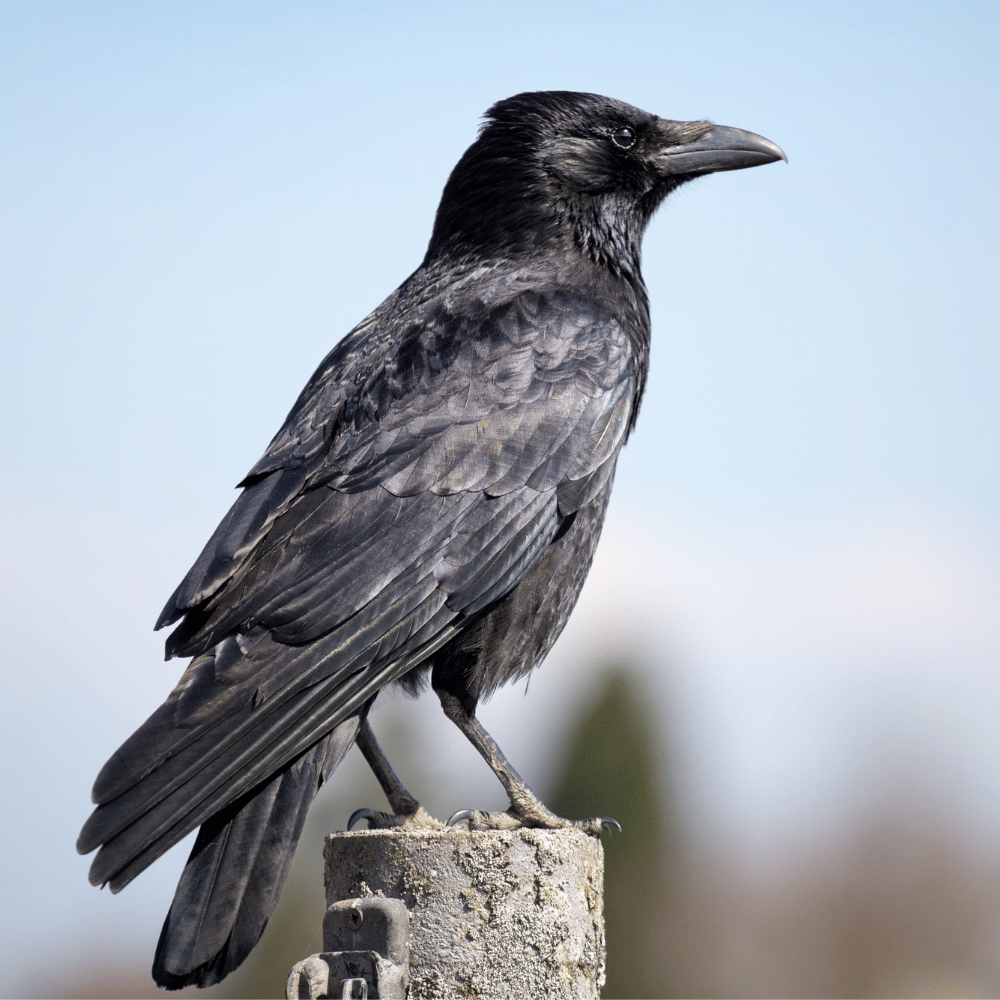A is for… Animals
There is a long history of animals forming part of the fabric of London society: from lions at the Tower of London, to penguins inspiring architecture at London Zoo; from friendly gorillas to Roman rabbits – animals have always lived alongside London’s human inhabitants, and many of them have made a permanent mark on this great city.
Most visitors to London will probably already know of the Tower of London: it is famous for its Beefeaters – the Yeoman Warders who guard the Tower – and as the home of the beautiful Crown Jewels. But did you know that for centuries, it was also the home of the Royal Menagerie – the Royal Family’s very own zoo?
Henry III
It all started in 1235, when King Henry III received an unusual gift from the Holy Roman Emperor Frederick II. In those days, just as now, it can be hard to know what to get as a present for someone who already has it all: Henry was already king of an entire country, had wealth, power, and all the material goods he could wish for. So Frederick has to think outside the box, and got Henry a truly exceptional gift: three lions (or leopards, as they were sometimes called in those days). Now, England is not known for its exotic animals – in the 13th century the largest predator we had was the wolf, and nowadays it’s the common fox – so this was a wonderful gift indeed. Almost no-one in England would have ever seen a lion before.
In fact, Henry was so pleased with these beasts, that he decided to make them part of his official coat of arms. Even to this day, you will find three lions (called leopards in heraldry) on the British royal coat of arms, and they also feature on our national football teams’ shirts.
The royal coat of arms
Now, these big cats proved to be just the beginning: the craze amongst kings and emperors to send each other animals as gifts started to really take off, and 18 years later, the King of Norway sent us a polar bear. This magnificent beast was apparently allowed out to swim in the river Thames to catch fish for its dinner – which must have been a big surprise for any passing English fishermen!
Two years later, in 1255, the King of France sent an elephant. It came from Africa, and after travelling by boat to the south of Spain, was walked all the way up through Europe before arriving on the southern English coast, and continuing in triumph to London. Later additions included baboons, tigers, and many other exotic birds and beasts.
Statue of the Tower polar bear by artist Kendra Haste
The menagerie continued at the Tower – with some animals roaming freely around the grounds – until the 19th century, when the Duke of Wellington embarked on a programme of renovation and improvements at the Tower. He decided these messy, dangerous beasts had to leave, and so, today, the only creatures remaining at the Tower are the famous ravens. Legend says that there must always be at least a dozen ravens living at the Tower: if they ever leave, the Tower will crumble and the kingdom will fall!
Ravens are highly intelligent birds - and vital to London’s survival!
Now, the animals that had lived at the Tower weren’t cast out into the wild; a special zoo was created to rehome them all. The oldest scientific zoo in the world, ZSL London Zoo was founded in 1827 is still going strong, and it is a great place to visit as a family. As well as offering the chance to see magnificent wild animals from all over the world, ZSL (the Zoological Society of London) is a world leader in conservation and animal behaviour studies; they still maintain a link with the Tower, through their ongoing study of the behaviour and intelligence of the famous ravens.
One of the most famous structures at the zoo is the Penguin Pool. This was built in 1934 by Berthold Lubetkin, the famous Modernist architect, and although the penguins themselves now live in a new, purpose-built habitat with better enrichment, the pool remains as a stunning water feature of the modern zoo.
Guy the Gorilla
The zoo has also had many famous residents over the years: one of the best loved was Guy the Gorilla. He arrived in London in 1947, on Guy Fawkes Night, 5th November – hence his name. He was a tiny thing when he arrived, just 10kg in weight, and soon found a place in the nation’s hearts. He lived at the zoo until 1978, and was known for his gentle nature. Today, you can find a lovely statue of him near the zoo café.
While exotic beasts such as lions and bears may have started to arrive in England in the 1200s, people had been introducing new species long before then: one animal which is thought of as very English now, was in fact brought over by the Romans after their invasion in 43 AD.
When the Romans first arrived in Britain, they weren’t impressed with the local cuisine, and they brought with them many culinary innovations, such as herbs and spices from the Mediterranean, their famous ‘garum’ fish sauce – and also animals for meat. And one of those animals was the humble rabbit: it is believed that none of these fluffy little critters lived in England before the arrival of the Romans, although we may perhaps have already had hares.
Soon after they arrived, they escaped from the Roman farming enclosures and made themselves at home in the British countryside; and centuries later, they would inspire Beatrix Potter to write one of the best-loved children’s books of all time – Peter Rabbit. If you are hoping to see them in London, try visiting Hampstead Heath or Richmond Park, either in the early morning or at dusk – if you are lucky, you might catch sight of some cottontails amongst the bushes on higher ground.
If you would like to know more about the beastly history of London – and its current animal inhabitants – contact me to book a special tour of Animals in London.







